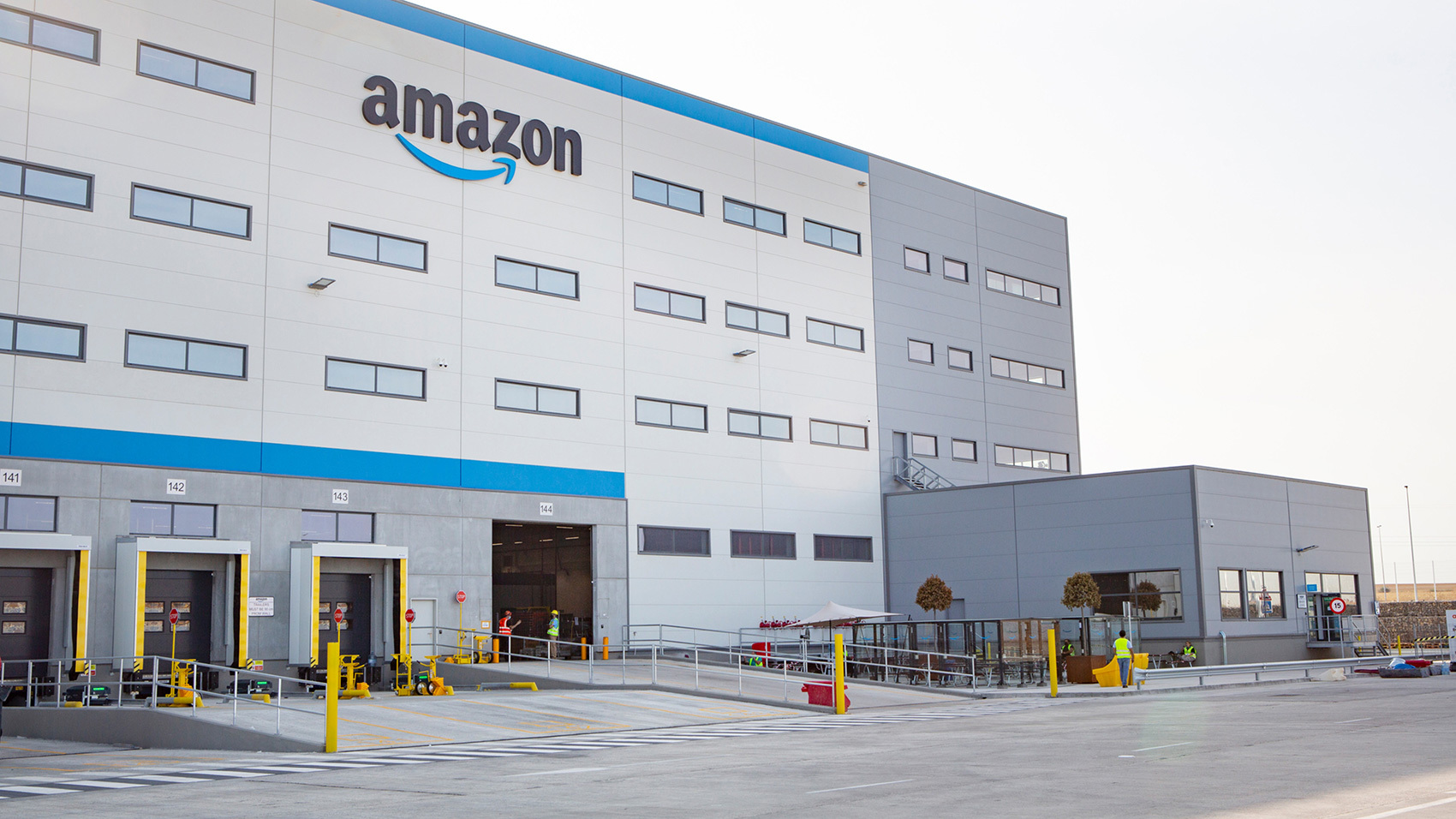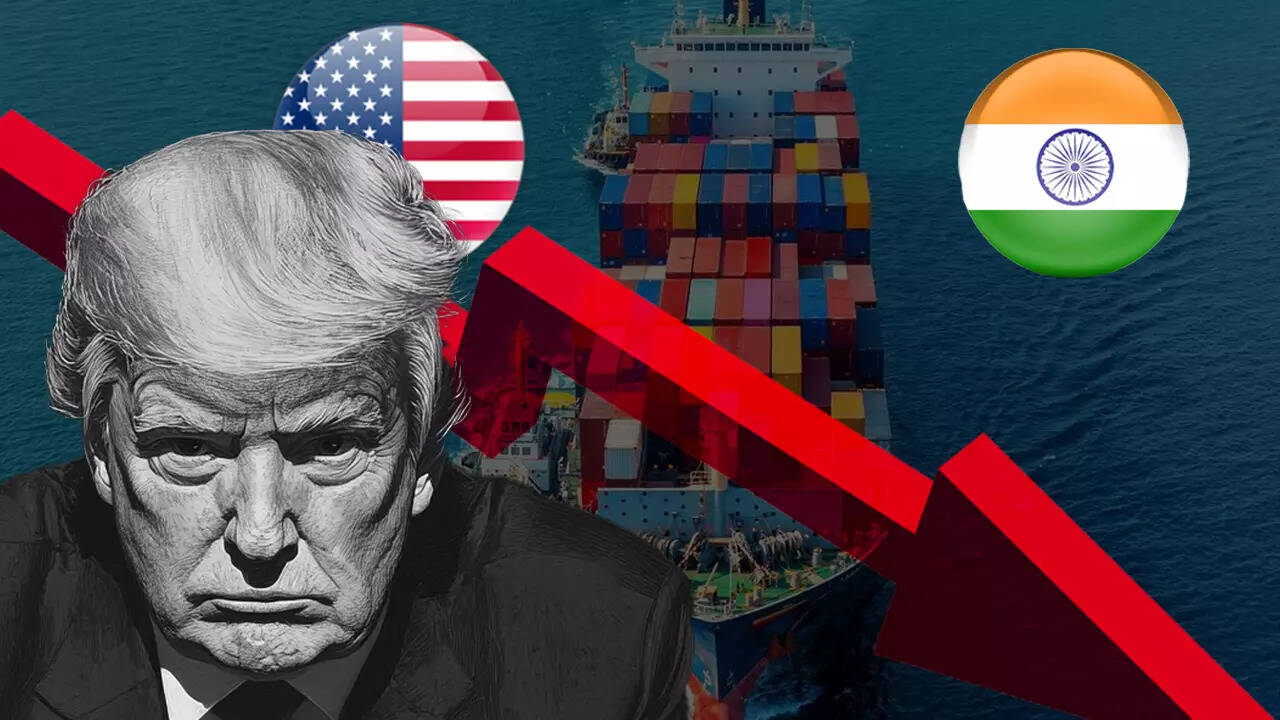disruptions—it’s about adapting, recovering quickly, and emerging stronger. This article explores key strategies for building resilience in supply chains, ensuring businesses can manage risks proactively and maintain operational continuity even in times of crisis.
Understanding Supply Chain Risks
Supply chain risks can be categorized into various types:
- Operational Risks – Equipment failures, production delays, and quality issues that impact output.
- Financial Risks – Currency fluctuations, tariff changes, or raw material cost hikes that impact profitability.
- Geopolitical Risks – Trade restrictions, wars, sanctions, and government policies affecting global trade.
- Environmental Risks – Climate change, extreme weather events, and natural disasters disrupting logistics and sourcing.
- Cybersecurity Risks – Data breaches, ransomware attacks, and IT failures affecting digital supply chain operations.
Understanding these risks helps businesses develop a proactive approach to resilience planning.
Key Strategies for Supply Chain Resilience
1. Diversification of Suppliers and Manufacturing Locations
Relying on a single supplier or region for sourcing materials or manufacturing is a high-risk strategy. Companies should:
- Identify alternative suppliers in different geographical regions to reduce dependency on a single source.
- Invest in regional supply chains to balance global dependencies with local sourcing.
- Establish backup manufacturing sites to ensure continuity in case of regional disruptions.
2. Digitalization and Real-Time Visibility
A digital-first approach enhances supply chain resilience by improving real-time tracking and decision-making. Companies can:
- Implement AI-driven demand forecasting to predict and prepare for potential disruptions.
- Use IoT sensors and cloud-based platforms for real-time monitoring of inventory and shipments.
- Adopt blockchain technology for enhanced transparency and traceability in supplier networks.
3. Strengthening Supplier Relationships and Collaboration
Collaboration with suppliers, logistics partners, and stakeholders helps mitigate disruptions more effectively.
- Develop strategic partnerships with key suppliers to ensure priority support during crises.
- Establish long-term contracts with flexible terms for sourcing and logistics.
- Conduct regular audits and assessments to evaluate suppliers' risk exposure and preparedness.
4. Inventory Buffer and Safety Stock Management
While lean inventory management is cost-effective, it increases vulnerability to disruptions. Companies should:
- Maintain strategic buffer stock for critical raw materials and finished goods.
- Implement multi-tier inventory management to balance efficiency with resilience.
- Use predictive analytics to optimize safety stock levels without excessive carrying costs.
5. Resilient Logistics and Transportation Networks
Disruptions in transportation—such as port congestion, driver shortages, or fuel price hikes—can severely impact supply chain operations. To mitigate these risks:
- Diversify logistics partners and transportation routes to avoid single points of failure.
- Utilize intermodal transportation (rail, sea, road, air) to ensure alternative shipping methods.
- Leverage technology like route optimization and GPS tracking for agile logistics management.
6. Crisis Preparedness and Business Continuity Planning (BCP)
Organizations should develop detailed crisis management frameworks to handle unforeseen disruptions.
- Establish a dedicated risk management team to monitor and respond to supply chain crises.
- Conduct regular scenario planning and simulation exercises to prepare for potential disruptions.
- Implement a structured Business Continuity Plan (BCP) to ensure rapid recovery and minimize downtime.
7. Sustainability and ESG Integration
Sustainability initiatives contribute to long-term supply chain resilience by reducing environmental and social risks.
- Adopt sustainable sourcing practices to ensure supply chain continuity despite regulatory changes.
- Invest in renewable energy and green logistics to minimize carbon footprint and dependency on volatile fuel markets.
- Ensure compliance with ESG (Environmental, Social, and Governance) standards to build credibility and resilience.
Case Study: Toyota’s Supply Chain Resilience Post-Fukushima Disaster
After the 2011 Fukushima earthquake and tsunami, Toyota faced severe supply chain disruptions due to its Just-in-Time (JIT) manufacturing model. Learning from this crisis, Toyota:
- Increased its inventory buffer for critical components.
- Developed stronger partnerships with suppliers to improve collaboration.
- Invested in a risk-management database to predict and respond to future disruptions.
These measures have helped Toyota mitigate risks and enhance its supply chain resilience in the face of future challenges.
Conclusion
In an era of increasing uncertainty, supply chain resilience is no longer optional—it’s a competitive necessity. Organizations must adopt a proactive, data-driven, and collaborative approach to mitigate risks and build agility. By leveraging digital technologies, diversifying supplier networks, strengthening logistics capabilities, and integrating sustainability, businesses can navigate disruptions and ensure long-term success.
By implementing these resilience strategies, companies can turn supply chain disruptions into opportunities for growth, ensuring they remain competitive in an unpredictable world.
.png)
.png)







